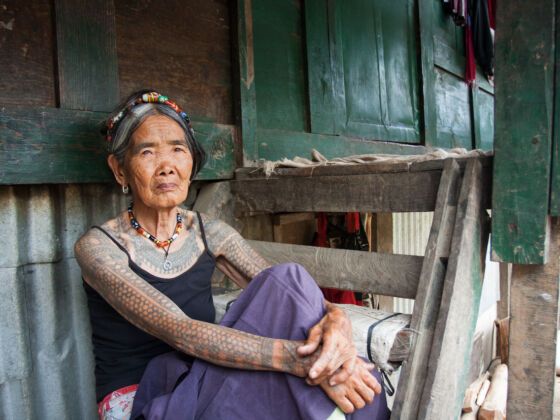THEY’RE PERSONAL TO ME, and I’ve always thought of them as being mine. It’s not fun to think about, but one some level, given my background, my tattoos represent cultural appropriation.
As modern as they are in method, as personal as they are in meaning, and as far from the designs of indigenous cultures as they may be, they are based on a mode of expression that — in modern times and in the current global culture — was stolen from people who were told their tattooing traditions had to end.
